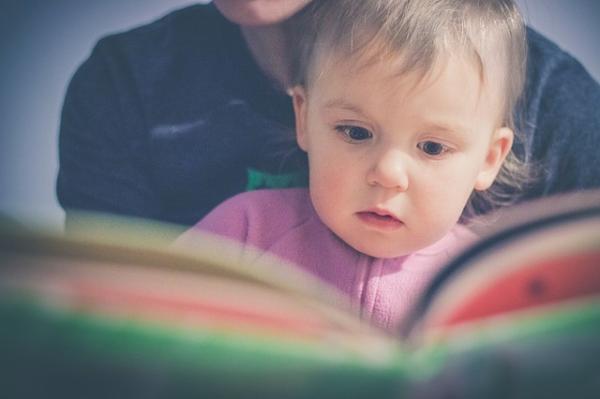Reading is a pleasurable requirement for writers. I recognize that I kick it old school, I like the physicality of a book in hand, screens, for me, are pale simulacra. Marry that view with one of the standard memes of childhood, the few moments before bed when you and a parent, often though not always the Mom, spend time reading a book. In today’s world, the physical text is often replaced by an e-reader. A JAMA Pediatrics article looks at how reading a book and an e-reader differ for child and parent in those shared moments of reading.
The Study
The research is an increasingly rare observational study, no surveys, literature reviews, database fishing or meta-analysis here. To that end, it is small only 37 parent-child dyads. That last phrase is just the beginning of the article’s jargon, how about “reciprocal dyadic interaction,” to describe the give and take between parent and child? (No further snark, I could have remained silent but could not.)
The researchers looked at the body language and behavior of both parent and child; classifying behavior as intrusive, e.g., touching the tablet or book, pushing the other’s hand away, and controlling, e.g., grabbing or closing the book or tablet. Each pair spent time reading the same story from three different formats, a physical book, an e-reading tablet, and an e-reading tablet where the story is interactive – touching adds sounds or reads words or enhances pictures. The sessions were video-recorded, and the observations coded.
The children had a mean age of 29 months; they were toddlers. About half were Caucasian, 16% black non-Hispanic. 80% of the parents were mothers, 76 % college graduates or greater
The Results
In comparison to physical books
- Children, using e-readers, twice as frequently “created a space that interfered with a parent’s ability to easily view or access the book.” The toddlers “hogged” the reader.
- Children and parents exhibited more control behaviors towards one another when using the e-readers.
- Children and parents exhibited more intrusive behaviors toward one another when using the e-readers. This behavior increased when the book was interactive. (After all, who doesn’t like to push a button and see something happen?)
From that description, reading from the e-readers was more of a fight over control than a shared experience. The researchers offered some plausible explanations. First, tablets are designed for solitary use, how often do they serve as electronic babysitters for a fussy child? Children may see using the e-reader as a solo activity or if its use is restricted, a unique, desirable moment to be relished and not necessarily shared. Or the children's attention could be more profoundly captured by the audiovisual interaction than to their parents.
Parents, like their children, maybe mesmerized by those screens, after all, they too use them in solitary ways. For the disbeliever, take a look around the restaurant the next time you are out having dinner. Parents could be responding to their children’s attempts at control; the authors cite prior work showing that “parental mediation strategies tend to be restrictive and reactive.”
The message in the medium
“We found that nonverbal control and intrusive behaviors aimed at managing possession of the tablet were more frequent around tablets than print books.”
Of course, all of these explanations, while plausible remain hypothetical. But to the extent that our parent-child interactions model our future behavior, it is worth noting the less collaborative, more controlling behavior that screens create. The next generation will be different than ours, but of course, you already knew that. Perhaps there is still a place for physical objects like books or blocks in our new digital world.
Source: Parent-Toddler Social Reciprocity During Reading From Electronic Tablets vs Print Books JAMA Pediatrics DOI: 10.1001/jamapediatrics.2019.3480




